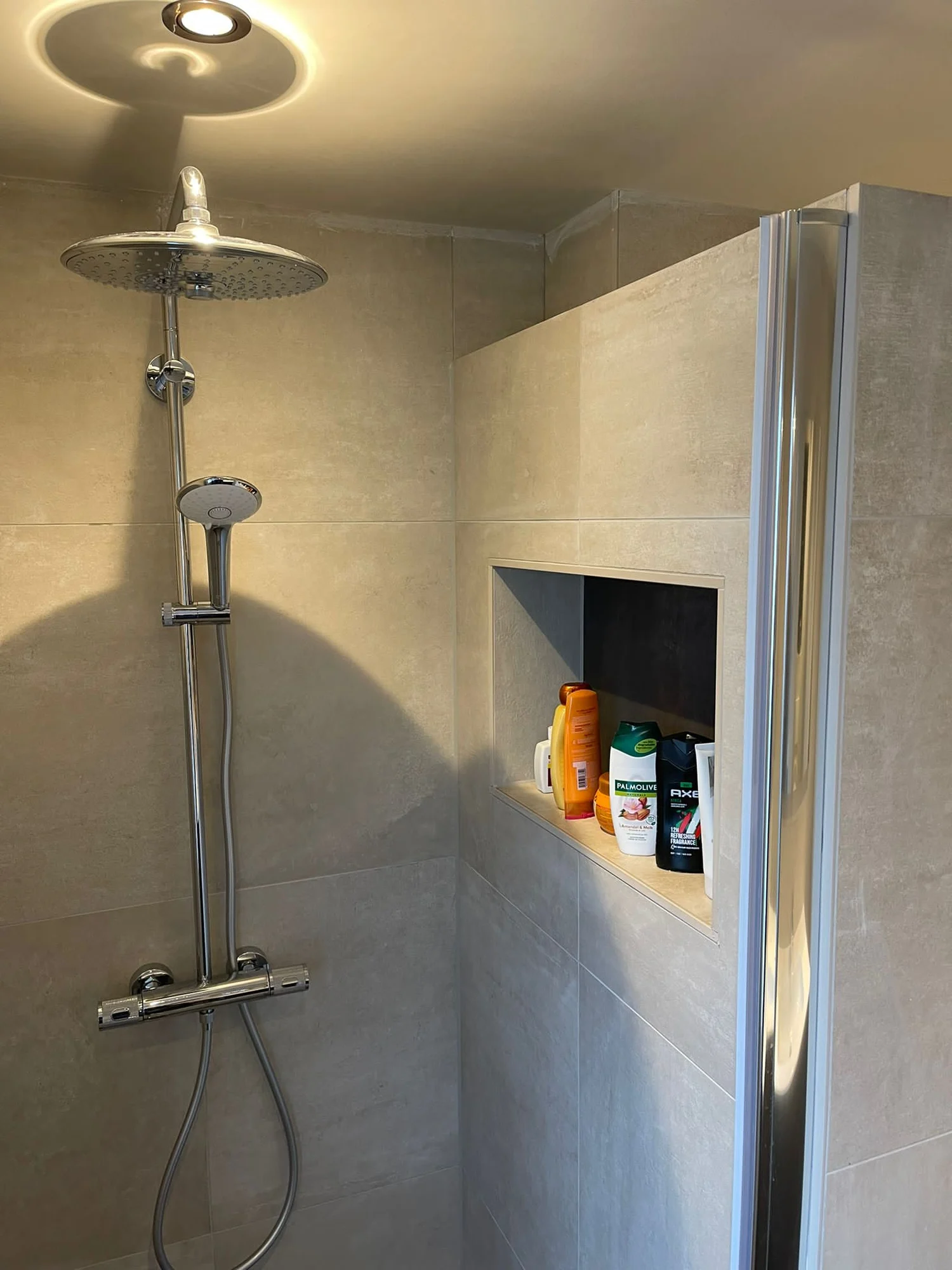Introduction to Amsterdam’s plumbing history
Step back in time and embark on a journey through the fascinating history of plumbing in Amsterdam. From its early days as a city built around Loodgietersbedrijf Amsterdam canals to the modern systems we rely on today, Amsterdam’s plumbing evolution is truly captivating. So grab your virtual shovel and join us as we dig deep into the past to uncover how this iconic city has managed its water supply throughout the centuries. Get ready to be amazed by ingenuity, innovation, and a whole lot of Dutch engineering prowess! Let’s dive right in!
The early days: Canals as the primary plumbing system
Amsterdam’s canals are not only iconic and picturesque, but they also played a vital role in the city’s early plumbing system. In the early days, before modern plumbing systems were established, the canals served as the primary means of waste disposal and water supply.
Imagine living in a time where your daily routine involved using a “stoelgangsloot” or “toilet ditch” to dispose of your waste! That’s right; people would simply empty their chamber pots into these designated ditches that lined the canals. It wasn’t exactly an ideal solution, but it was practical given the circumstances.
The canal system also provided Amsterdam with its main source of freshwater. Water was drawn from the canals using pumps and then distributed throughout homes and businesses via a network of channels known as grachtenbuizen. This intricate system allowed for relatively efficient access to water for various purposes such as drinking, cooking, cleaning, and even firefighting.
As Amsterdam grew in size and population during the 17th century Golden Age, so did its demand for better sanitation infrastructure. To address this need, engineers began constructing underground sewer networks connected to individual properties through private pipes called huisriolen. These developments marked significant progress towards improving public health and hygiene within the city.
While today we take our indoor plumbing systems for granted, it is important to recognize how far we’ve come from relying on open ditches and canals for our wastewater management needs. The evolution of Amsterdam’s plumbing history reflects not only technological advancements but also demonstrates our ongoing commitment to creating healthier living environments for future generations.
Changes and developments in the 19th and 20th centuries
Changes and developments in the 19th and 20th centuries
As Amsterdam continued to grow and modernize, so did its plumbing systems. In the 19th century, advancements like indoor plumbing and sewage systems became more prevalent throughout the city. This meant that residents no longer had to rely solely on the canals for their daily water needs.
The introduction of underground water pipes allowed for a more efficient distribution system, bringing clean water directly into homes. At the same time, separate sewer lines were installed to carry away wastewater. These improvements greatly improved hygiene standards and public health in Amsterdam.
In the early 20th century, even more significant changes took place with regards to plumbing in Amsterdam. The development of centralized sewage treatment plants further reduced pollution levels in the canals and rivers surrounding the city.
Additionally, new technologies such as flush toilets became widely adopted during this period. With these innovations, waste could be disposed of quickly and hygienically within individual households.
Today, Amsterdam boasts a modern plumbing system that ensures clean water supply and proper sanitation for its residents. While remnants of its historic canal-based plumbing still exist throughout parts of the city center as a reminder of its past, most buildings are now connected to sophisticated underground networks that efficiently manage water supply and wastewater disposal.
Exploring Amsterdam’s Plumbing History
From humble beginnings with canals as primary plumbing systems to embracing advancements in technology over time, Amsterdam’s journey through history reflects not only its commitment to improving quality of life but also how innovation has played a vital role in shaping this vibrant city.
Next time you stroll along one of Amsterdam’s picturesque canals or marvel at its beautiful architecture, take a moment to appreciate how far it has come from relying on those very same waters for all aspects of daily life – including something as important as maintaining proper hygiene!
Amsterdam is truly an inspiring example that shows us how understanding our past helps us build towards a better future – one where clean water and efficient plumbing systems are taken for granted. Let us continue to
